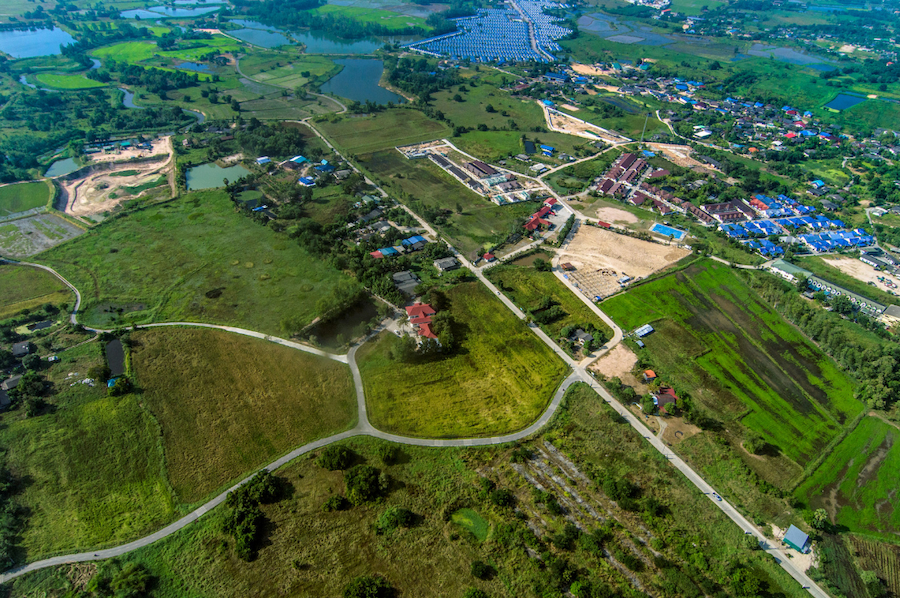Allegro Helped Omnova Execute a Profitable Disposition Strategy Following a Project Feasibility Study


Omnova, a leading chemical manufacturing company, was preparing to sell off a subsidiary business and its associated 83 acres of land in Green Bay. Prior to the disposition, however, the company wanted to ensure it exercised the most profitable strategy.
While Omnova could sell the building and property in its entirety to one buyer, it could alternatively split the excess associated land into smaller pieces and sell it for different uses. To determine which option yielded more value, the manufacturer solicited a project feasibility study from Allegro Real Estate Brokers & Advisors.
To align the project feasibility study with Omnova’s intentions, Allegro first met with the manufacturing team to identify key success factors and drivers for the project. The company confirmed its interest in knowing whether the subsidiary business and land could be more valuable when subdivided.
After clarifying necessary strategic, financial, and operating objectives, the team worked to coordinate a project strategy, complete with critical timeline dates.
With a strategy identified, Allegro next identified and evaluated the potential alternate uses of the property, by communicating with several internal and external stakeholders.
Through interviews with city officials and brokers, Allegro determined that Omnova’s property could be divided into six parcels of land.
However, site visits revealed four hurdles to the available disposition strategies. The presence of wetlands and existing railroad spurs meant that certain parcels could not be used for all types of redevelopment. A buyer’s potential need for retention ponds and a “buffer zone” between facility operations and other developments also limited the manufacturer’s options. These issues resulted in the creation of three parcels of excess land that could be redeveloped to maximize value.
With this information in mind, Allegro proposed four potential options for value creation:
To determine the level of project demand for each alternative, Allegro conducted demographic research through a mix of proprietary databases and publicly available data, while simultaneously interviewing developers and investors in the region.
The team discovered the area surrounding the manufacturing facility was predominantly large lots with large houses, an average income, and several opportunities for retail development. And although the facility was located in an industrial park, its proximity to a commercial corridor meant the city preferred the lot to be used for commercial, rather than the existing industrial use.
Despite a strong market for redevelopment, the asset itself was in a suitable condition, featuring industry-specific amenities. Recommissioning the manufacturing facility for an alternative use would be time consuming and expensive for the seller.
Continued asset assessment revealed no prominent environmental contamination. However, it was important that Allegro investigated the limitations posed by the previously discovered wetlands. Of the 29 wetlands discovered, 25 were deemed artificial. That meant exemptions to their limited redevelopment could be explored, if an alternative property use was selected.
The team also leveraged their interviews with city officials to learn more about zoning changes, should they be required.
The last step in the feasibility study involved a market analysis to determine the conditions for each of the feasible land uses. The second option would be the most expensive, followed by options three, one, and then four.
The information in the feasibility study indicated that subdividing and selling the property would be a valuable opportunity for Omnova. Due to the extensive market research conducted by Allegro, the seller was able command a higher sales price for the asset. The purchaser understood that the seller had other opportunities for redevelopment and were willing to pay a premium for the asset.
The feasibility study enabled the manufacturer to negotiate a higher selling price for the property and excess land, which in turn generated greater yields for shareholders.
Need to determine the feasibility of your next CRE project? We can help. Contact us to discuss your real estate needs today.



Get the latest real estate advice and insights from Allegro experts sent straight to your inbox.